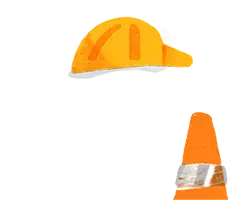Part 10Institutions
Judges of the court
212Court may make rules
The court may from time to time make rules (not inconsistent with this Act or with any regulations made under this Act) for the purpose of regulating the practice and procedure of the court and the proceedings of parties.
To the extent that the court does not make rules under subsection (1) regulating the practice and procedure of the court under—
- section 99 (jurisdiction of court in relation to torts); and
- section 100 (jurisdiction of court in relation to injunctions); and
- section 194 (application for review),—
To the extent that the court does not make rules under subsection (1) regulating the practice and procedure of the court under—
- section 142B (declarations of breach); and
- section 142E (pecuniary penalty orders); and
- section 142J (compensation orders); and
- section 142M (banning orders),—
Rules under subsection (1) are secondary legislation (see Part 3 of the Legislation Act 2019 for publication requirements).
Compare
- 1991 No 22 s 130
Notes
- Section 212(3): inserted, on , by section 26 of the Employment Relations Amendment Act 2016 (2016 No 9).
- Section 212(4): inserted, on , by section 3 of the Secondary Legislation Act 2021 (2021 No 7).


